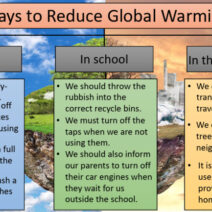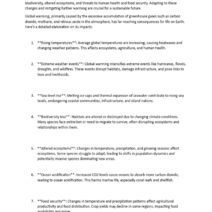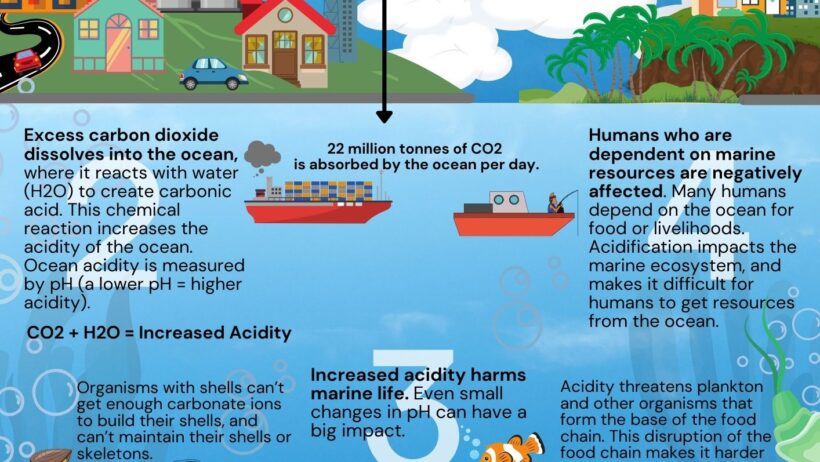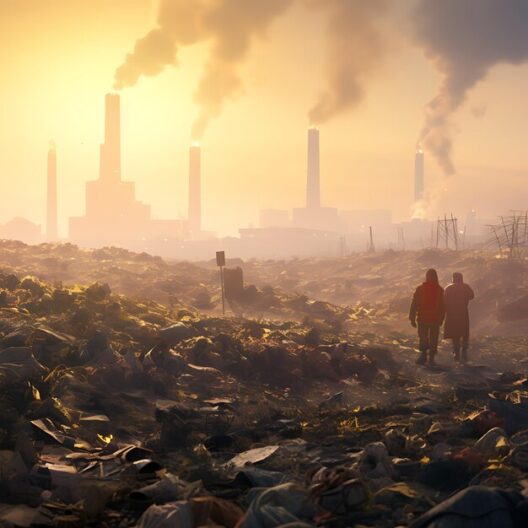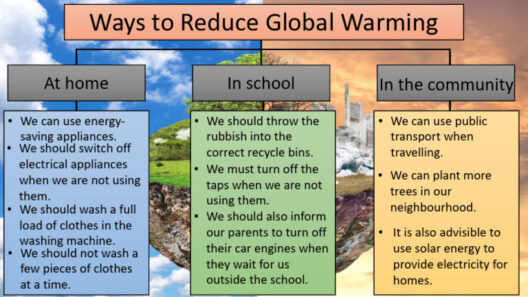Imagine plunging into a surreal underwater world where vibrant coral reefs and eclectic marine life hover just out of reach, but something is amiss. The oceans seem to be on a peculiar acid trip, slowly transforming into a caustic landscape that jeopardizes the very foundation of marine ecosystems. As global temperatures rise due to climate change, so too does the acidity of our oceans, leading to a grave challenge for marine life and a stark reminder of the consequences of human activity. This article seeks to unravel the intricate relationship between global warming and ocean acidification, highlighting the pressing issues at play.
At its most fundamental level, ocean acidification is the result of an interplay between rising atmospheric carbon dioxide (CO2) levels and the oceans’ role as carbon sinks. Over half of the CO2 produced by human activities—primarily from burning fossil fuels—has been absorbed by the seas. When CO2 enters the ocean, it reacts with seawater to form carbonic acid, thereby lowering the pH of ocean water. A decrease in pH indicates increasing acidity. The implications of this biochemical alteration are profound.
The oceans have absorbed approximately 30% of the CO2 emissions released since the beginning of the industrial revolution. While this process mitigates some of the impact of climate change, it has dire repercussions for marine ecosystems. The pH levels of oceans have decreased by about 0.1 units since the 18th century. This may seem minor, but it translates to a striking 30% increase in acidity. This surge poses a considerable threat to marine organisms, particularly those that rely on calcium carbonate to form their shells and skeletons, such as mollusks, corals, and some plankton species.
These calcifying organisms are the architects of marine ecosystems. Coral reefs, often described as the “rainforests of the sea,” provide habitat and sustenance for numerous fish species, contributing to biodiversity. Yet, increased acidity hampers their ability to calcify, leading to weaker structures and heightened vulnerability to storms and ocean warming. The phenomena of coral bleaching, exacerbated by elevated sea temperatures, is compounded by acidification, making the proverbial house of cards precariously unstable.
Consequently, the challenges are multifaceted. As organisms struggle to adapt to changing conditions, entire food webs may unravel. For instance, the decline of shellfish populations due to acidifying waters has widespread implications for fisheries and aquaculture, directly affecting human food sources and economies that rely on these industries. The interconnectivity of aquatic species means that a decline in one group can reverberate throughout the ecosystem, prompting cascading effects that jeopardize not only marine life but also human livelihoods.
What happens, then, when the fish we rely on as a primary food source encounter this tumultuous environment? Research indicates that some fish species exhibit altered behavior in response to increased CO2 levels. Changes in predator-prey dynamics may arise, as fish struggle to navigate their habitats or evade predators. This behavior alters not only their survival rates but also the overall stability of marine ecosystems. Moreover, if we consider the implications of these changes on commercial fisheries, the potential downturn in fish populations could lead to increased food insecurity and economic strain on communities that depend on them.
The scientific community has raised alarms, and the evidence is irrefutable. However, awareness and action are imperative in countering this trend. Public education on the importance of marine environments and the effects of climate change can empower individuals to engage in meaningful change. Encouraging sustainable fishing practices, reducing plastic waste, and supporting the transition to a low-carbon economy can collectively contribute to mitigating further acidification of our oceans.
As 21st-century stewards of this planet, we must confront the daunting preguntation: can we reverse this trend of ocean acidification? The answer lies not just in scientific innovation, but also in collective action. Systematic changes in policy, industry practices, and individual consumption habits are all necessary components towards creating more resilient marine environments. Marine protected areas, restoration of degraded ecosystems, and investment in research can bolster the resilience of marine life.
Key stakeholders, including governments, scientists, businesses, and consumers, play pivotal roles in addressing these challenges. By championing policies that prioritize emissions reductions and supporting the adoption of renewable energy solutions, we can collectively curtail the flow of CO2 emissions allowed to permeate our oceans. Furthermore, the promotion of carbon capture technologies could serve as a novel solution, harnessing existing carbon from the atmosphere before it reaches our seas.
Ultimately, ocean acidification serves as a poignant reminder that the actions we take today will resonate through generations to come. As stewards of this planet, we wield the power to alter our trajectory, propelling us away from an uncertain future. The acid trip may seem daunting, but with commitment, collaboration, and consciousness, we can chart a course towards a healthier, more sustainable marine ecosystem.
In closing, the challenge posed by ocean acidification is not solely a scientific dilemma; it is a moral imperative. The time for action is now. What legacy do we wish to leave for future generations? The answer to that question may define the fate of our oceans and all those who call them home.
